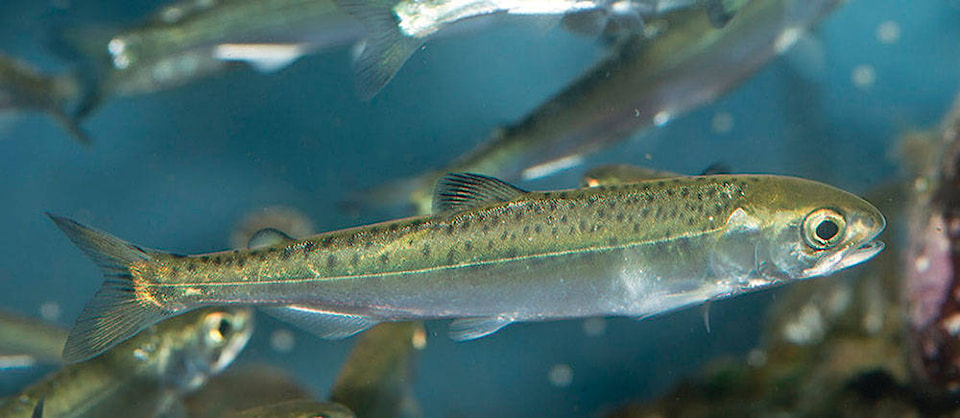The City of Campbell River is currently considering an amendment to the zoning bylaw that would see an area at the north end of town opened up for the possibility of land-based aquaculture to move in.
At a recent public hearing, council heard there is a rezoning application for one particular property – 6501 Island Highway – to add “Aquaculture Industry” to the list of permitted uses within Industrial-2 (I-2) designated properties in the area. The rezoning application is not a “site-specific” one, but rather an amendment which would see land-based aquaculture activties allowed not only that lot, but also on 41 other properties that fall under that designation at the north end of town.
“It would only be permitted on properties at least .5 hectares in size or I-2 properties with ocean or foreshore access,” acting development services supervisor Andy Gaylor told council during the public hearing. He also clarified that adding “Aquaculture Industry” to the zoning bylaw would only allow for land-based projects, “because ocean-based aquaculture use would require additional zoning and OCP amendments from council.”
Gaylor says when looking at what the long-term objective is for that area of the city in the Sustainable Official Community Plan, “it endeavours to expand heavy industrial uses along Highway 19.” He also says this proposed permitted use fits in with the other industries and activities already contained within the current bylaw. The current list of uses allowed in an I-2 designated property already includes “shipyard, marine industry and industrial wharf,” Gaylor says, “so really, our position is that aquaculture really fits within the scope of use classifications already permitted.”
There was one piece of correspondence received by council in opposition to the proposal, which expressed concerns about potential effluent from a facility making its way to the ocean, the transmission of piscine reovirus (PRV) through farmed fish processing as well as how the prospective facility will be serviced by the city in terms of water supply and wastewater disposal.
“Speaking generally to those concerns, it’s important to note that we’re at the rezoning stage right now,” Gaylor says. “There are no detailed plans on what this aquaculture facility will look like and the city’s zoning bylaw would require additional provincial licensing for a prospective aquaculture facility. And, of course, any sort of development would also require additional development permit and building permit processes, which would include a review of the servicing plans and impacts on the environment.”
Rich Stevens of Highland Engineering, representing Grieg Seafood – the proponent of the amendment – told council the plan is to build a smolt hatchery on the property “about double the size of Robron field if you want a sense of perspective,” adding this rezoning request, “is just the first step of a multi-step approval process. Not only will we be coming back to council for a wharf, but also to address any DFO considerations and provincial leases on the foreshore for a wharf and two outfalls – one for water coming in and one for water going out.”
A determination on the proposed rezoning will now be made by council and announced at third reading, which could happen as early as next week.
